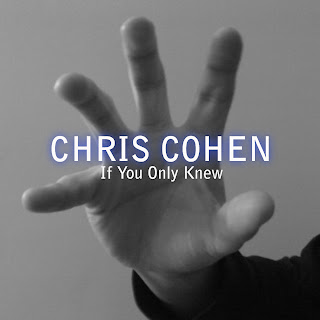For my audience feedback I decided to use the social networking site 'Facebook' as it is the one I use the most, and I felt I could get a sample group from there that is close to my target audience. My target audience consists of teenagers and young adults from the age of 15 to about 25. The music video and print productions will appeal to both males and females, however, I think the music video will appeal more to males as the male character appears more and the storyline is more focused around the male. Furthermore, the song is by a male so that may contribute too. I also believe the productions will appeal to: esteem seekers who are acquisitive and materialistic and aspire to what they see as symbols of success, including things and experiences; innovators that are self-confident risk-takers, seeking new and different things and set their own targets to achieve; and strivers that attach importance to image and status as a means of enabling acceptance by their peer group and at the same time hold onto traditional values. Most of our audience, therefore, will be members of the lower B, C1, C2 and the higher D. But mostly C and D as they are only probably in part-time or small jobs, the smallest of which could be a paper round.
If I was to generalise, the audience would have small part-time jobs like paper rounds or shop assistants. This is generalised and may not be necessarily true. Most of my focus group have small part-time jobs, but a couple have highly paid jobs. The audience that we expect to view our music video and buy our CD can be of any race or culture but the video cast consists of only a white male and a white female so therefore those of other than white British culture may not have anyone to relate to in it and may not wish to watch it at all. If we were to evaluate the strengths and weaknesses of our production, this would definitely be one of the weaknesses.
I ended up with a sample group of 11 people that I chose myself. These were the people that were either involved in a band, or knew what my work entailed. They were close to the demographic groups C1, C2, C3 and D. The important facts were that I had uploaded the JPEGs of my CD Cover and posted a link to my ancillary texts video and my final cut music video on YouTube. New technologies definitely helped me gain a wider understanding of what my target audience liked or disliked about my productions, and what they wanted to get from them.
My group consisted of 6 males and 5 females. They were aged between 15 being the youngest and 22 being the oldest, so overall were the perfect group for my target audience. I uploaded the pictures of my digipak and magazine advert to Facebook so that any members of my group could comment on them and specify what the liked or didn't like. I sent out a Facebook email to the whole of my focus group, and asked a couple of extra people that I had missed from the email but that I thought would be important in my overall conclusion. I had previously gained information from comments that people had left on my rough cut music video on YouTube. These were helpful and they also contributed to my final research findings that led me to the final version of everything. A lot of the points that my discussion group came up with were all similar to each other, and I realised that audiences do actually relate to the characters in the music video in the same way and have the same ideas.
I expected a lot more feedback from my focus group but only 4 out of the 11 replied. However, these comments proved helpful and I have just had to make do with them. I learnt that Facebook and other social networking sites were valuable in the research for my promo package. I felt relieved that I had such positive feedback; things like 'can't fault any of it, I love the simplicity' and 'the hand on the front cover draws the audience's attention to the CD'. For me, the best thing was that my target audience was in control of what they wanted to see on the digipak. If they didn't like it, they said what I should change. For example, the biography I had to change because one of my focus group members said it was too long. Therefore I have shortened it down.
Therefore I have learnt that the audience has such an impact on whether a music video/song/abum does well. If they do not like the appearance, they will not buy the product. I am happy that the continuity of my pieces is controlled and is consistent throughout. My focus group have led me in the direction of a better piece and, hopefully, a more successful piece.




.psd.jpg)
